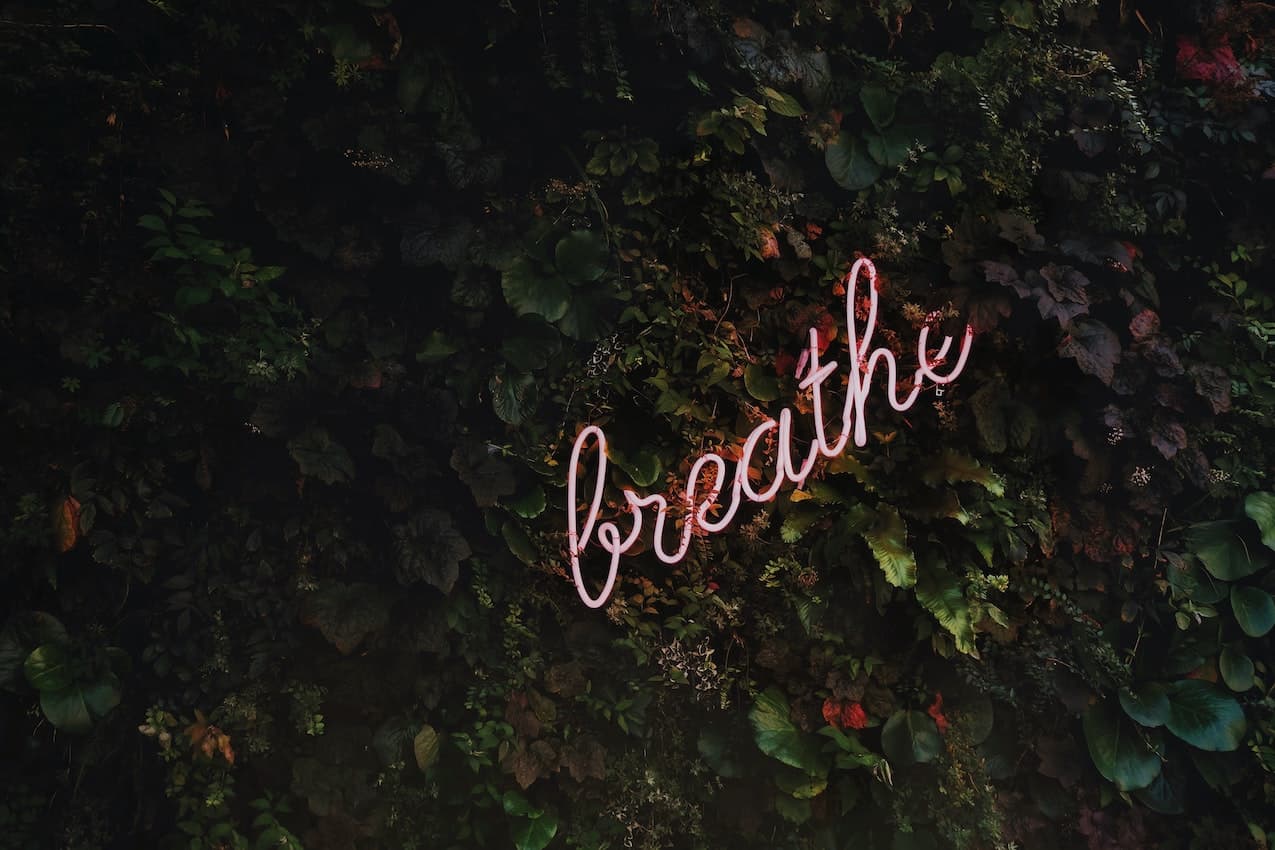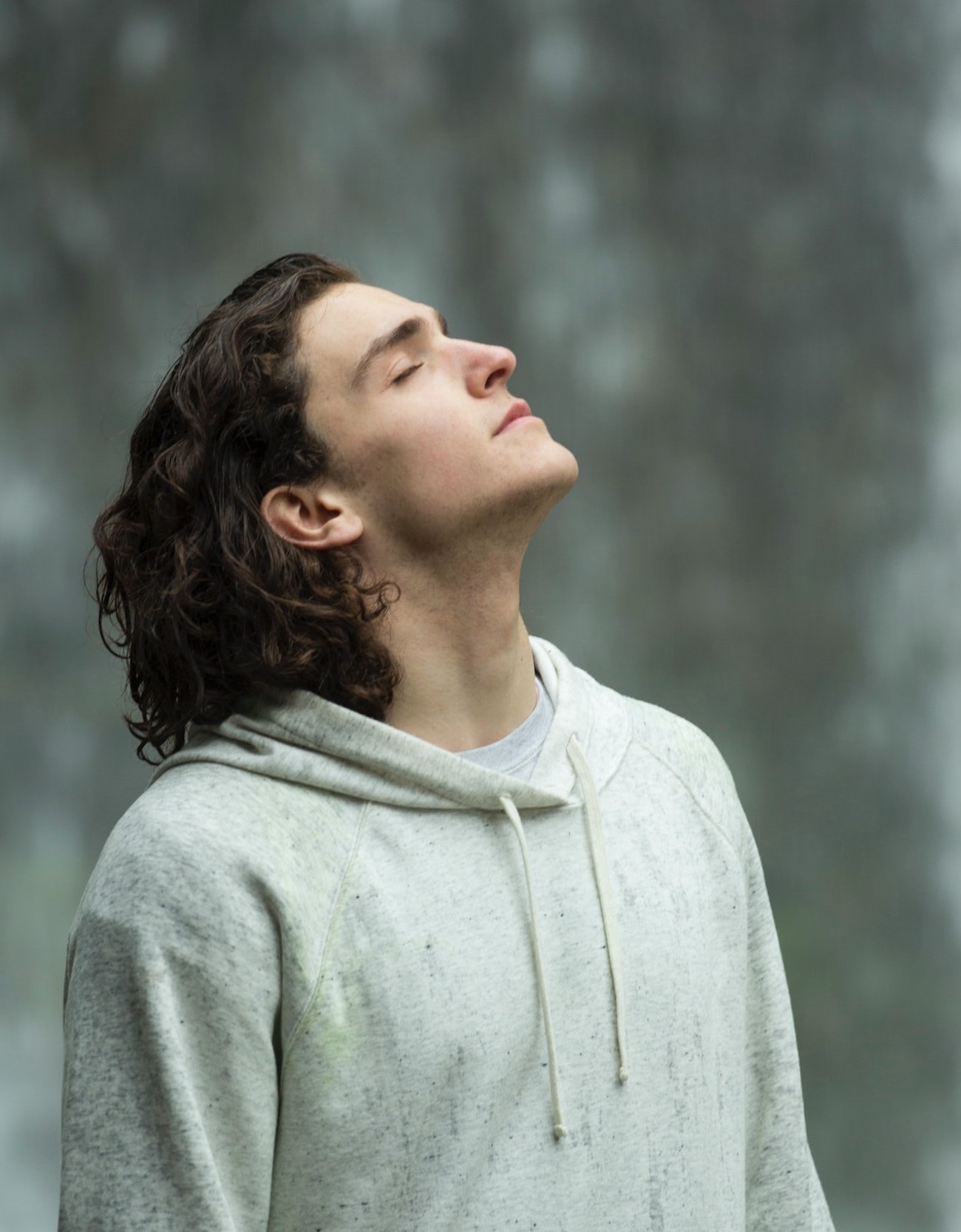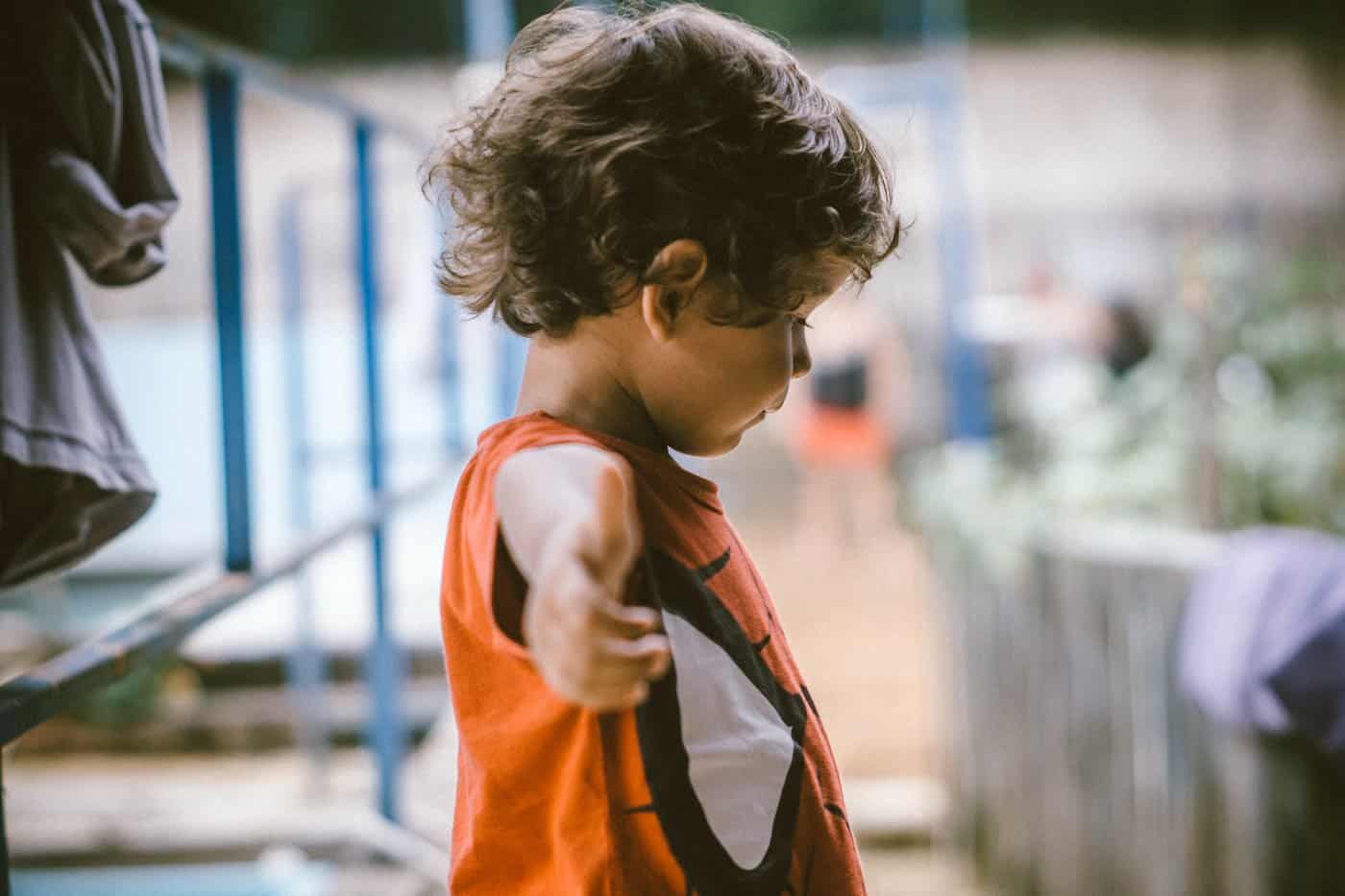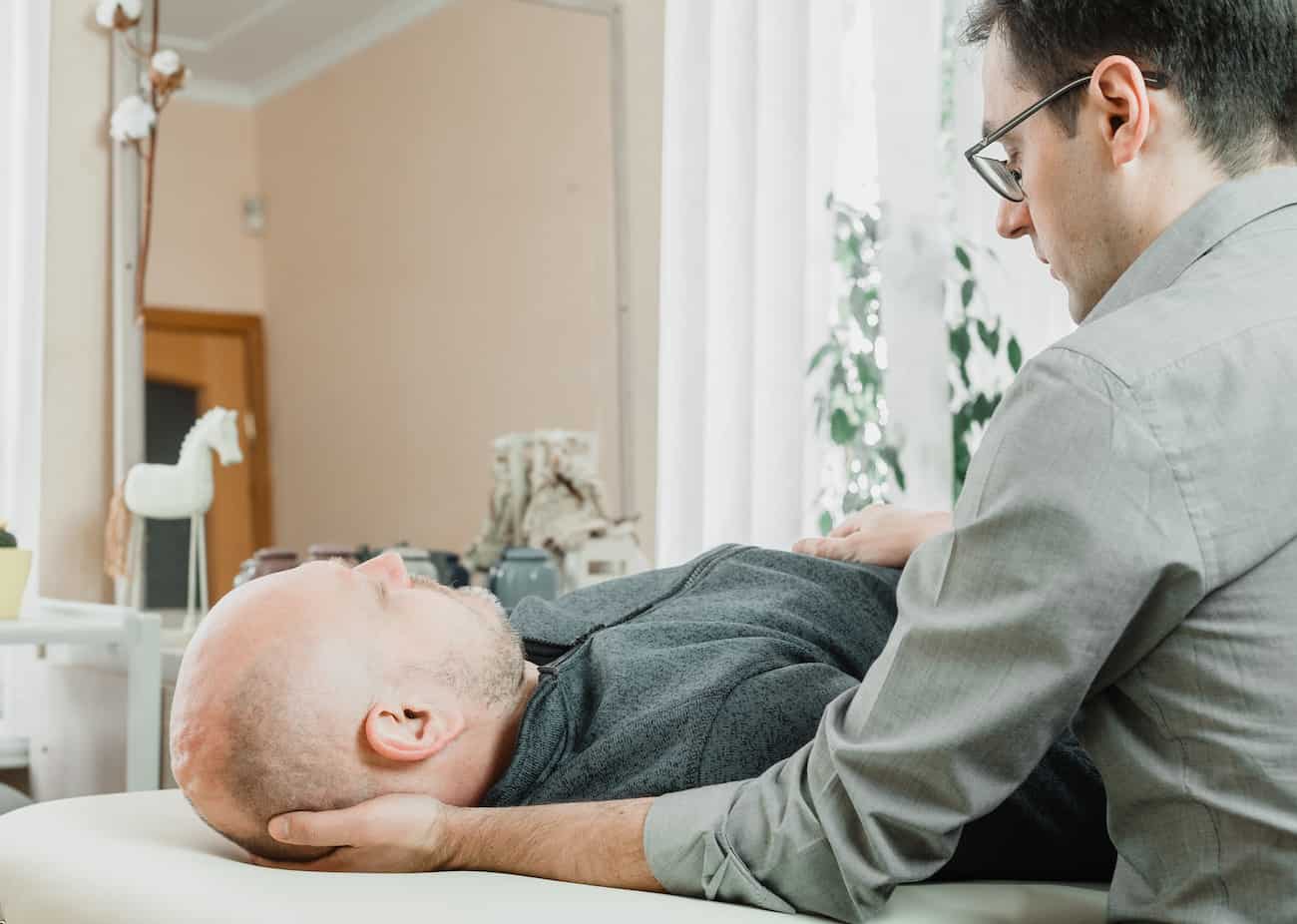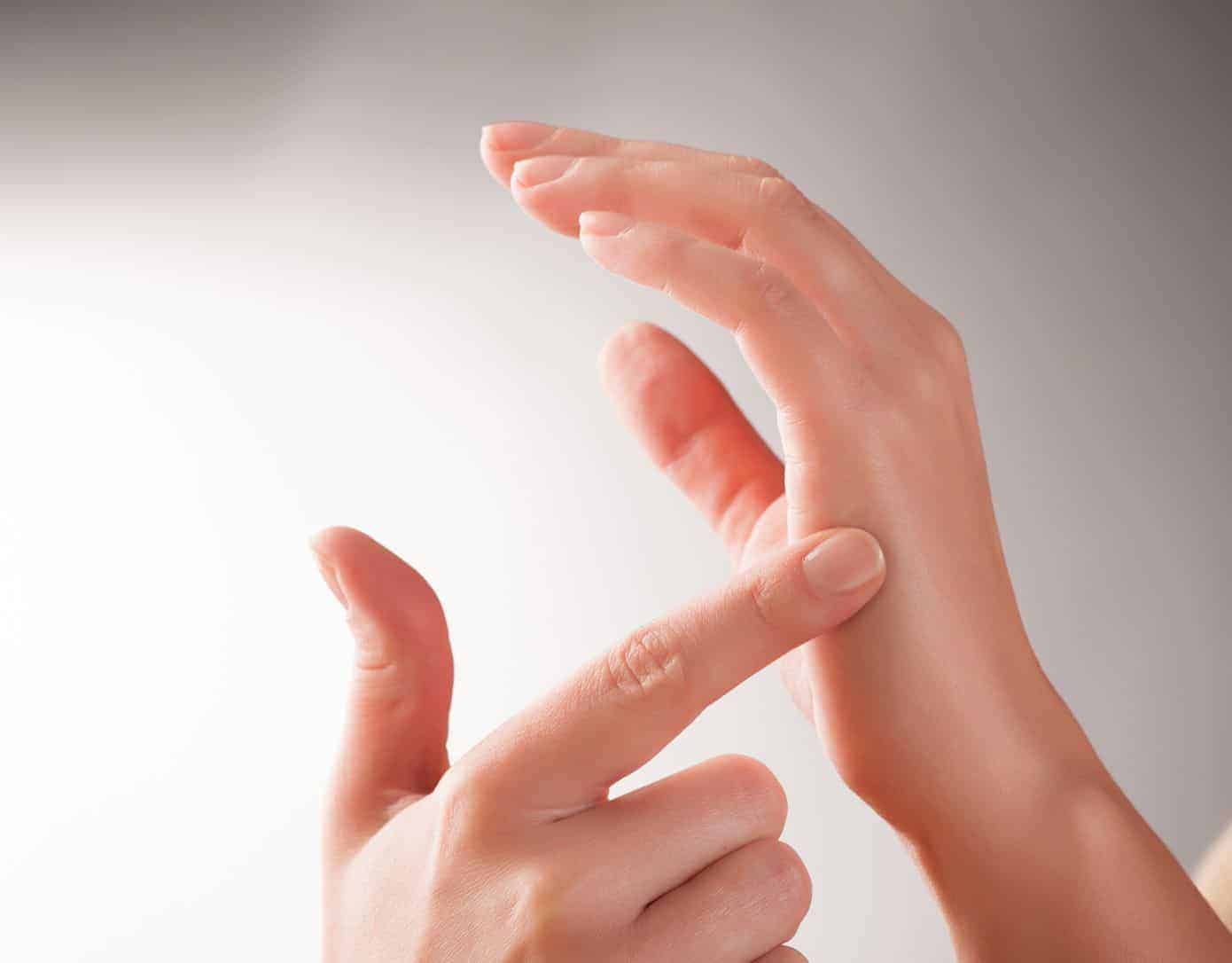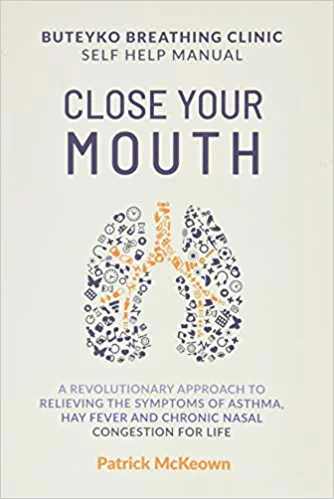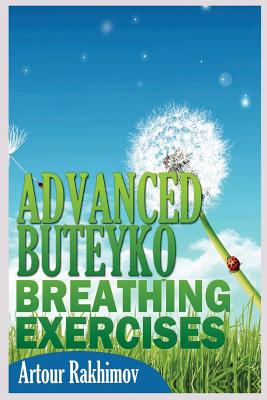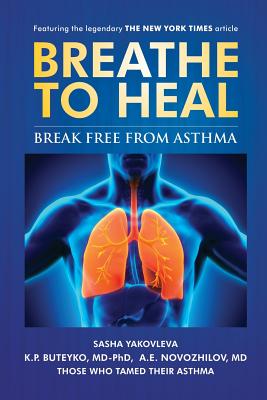Therapy
Buteyko Breathing Technique: Overview, Benefits, and Effectiveness
THC Editorial Team November 27, 2022
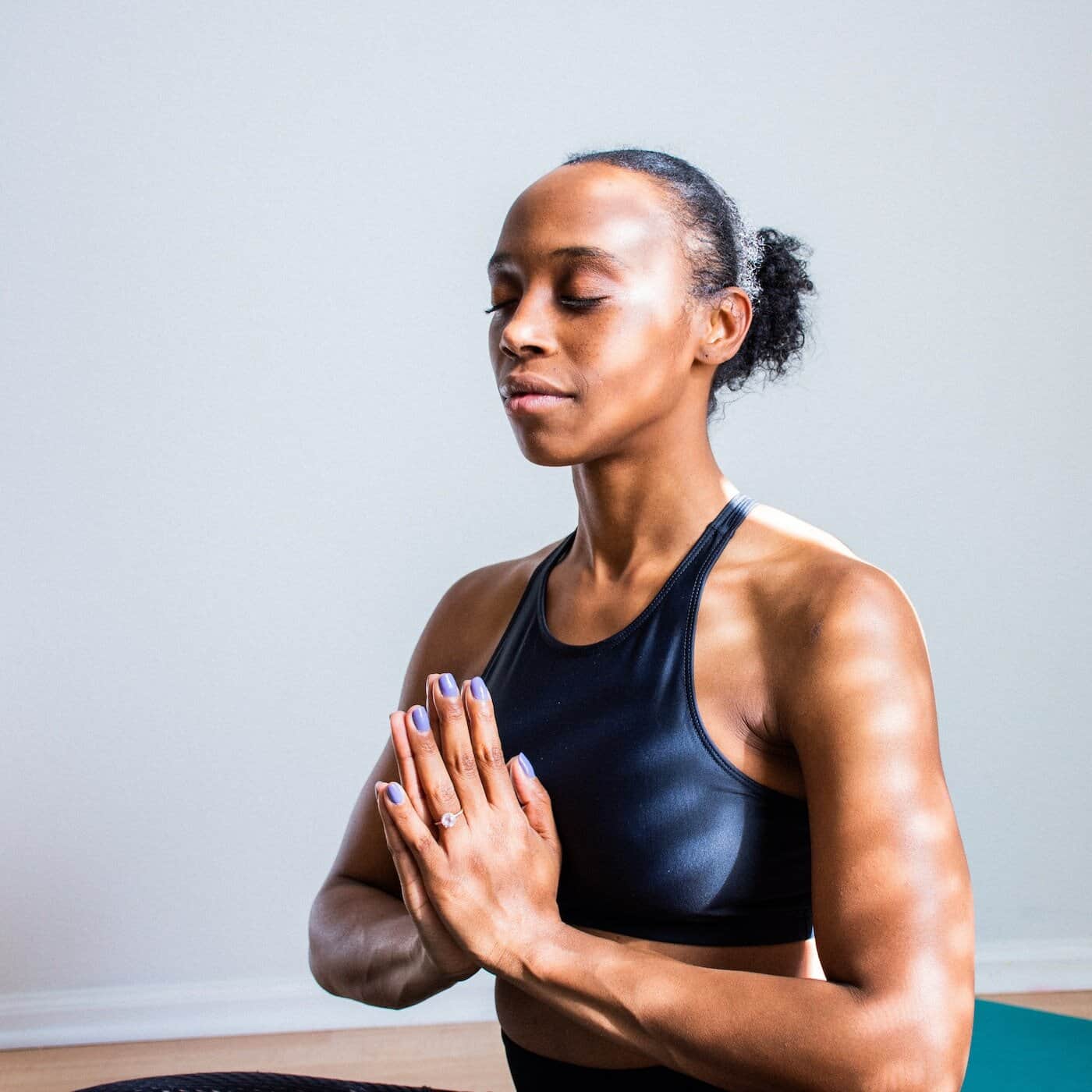
Contents
- Overview
- The History of the Buteyko Method
- How Does Buteyko Breathing Work?
- Seven Buteyko Breathing Exercises
- Benefits and Effectiveness of Buteyko Breathing
- Criticism of the Buteyko Method and a Note About Medical Care
- Training and Classes in the Buteyko Method
Any practice that involves conscious, focused breathing is a form of breathwork. For centuries, various forms of breathwork have been used to help people heal, reduce stress, and promote personal development.
The Buteyko breathing technique, also referred to as the Buteyko method, or BBT, is an alternative therapeutic approach that involves reducing the number of breaths per minute by slowing down inhalations and breathing through the nose.
Developed in the 1950s by Konstantin Buteyko, a Ukrainian physician, the Buteyko breathing technique uses nasal breathing, breath retention, and breath control to treat the symptoms of asthma, anxiety, and other health conditions.1
The History of the Buteyko Method
When he was a medical student in the 1940s, Buteyko noticed that individuals with respiratory problems also experienced fast, labored breathing. As they recovered, their breathing rates returned to normal. For the next 30 years, he studied the connection between breathing habits and health, eventually developing a breathing method called the Buteyko breathing technique.1
Buteyko’s studies identified the cause of hyperventilation, explained why it becomes chronic, and offered instructions for reversing unhealthy breathing habits. Although Buteyko ran into some early resistance in promoting his technique, economic challenges and the promise of reduced medical costs convinced the country to accept his method in the 1980s. In the early 1990s, the Buteyko method was taught by practitioners in New Zealand and Australia, and gradually began to spread worldwide.1
How Does Buteyko Breathing Work?
Focusing on “reduced breathing” and “breath holding” techniques, the Buteyko method may seem paradoxical to the common suggestion to “take a deep breath” when feeling anxious or disturbed. The method is based on the premise that rapid breathing, or hyperventilation, raises carbon dioxide levels in the blood, making it more acidic and causing oxygen levels to fall. Immediate effects of high carbon dioxide levels include tingling in the arms or legs, light-headedness, and a fast heartbeat. Over time, chronic problems, such as bronchial spasms, develop.2
The Buteyko breathing technique clears airways and improves blood circulation within a few minutes. Increased circulation raises body temperature and causes saliva to form in the mouth, signaling a relaxation response. With practice, the breath rate becomes normal, and symptoms improve.2
The Buteyko method combines ancient yogis’ theory with Western medicine’s science. The science behind the Buteyko breathing technique is based on a phenomenon called the Bohr Effect. Discovered in 1914 by Christian Bohr, it explains the inverse relationship between carbon dioxide and oxygen in the body. When overbreathing occurs, carbon dioxide levels go up, and not enough air reaches the muscles. The Bohr Effect is the body’s natural response to balancing carbon dioxide and oxygen levels. Although the Buteyko method is based on this effect, existing evidence has not proven it stems from the Bohr Effect.3
Directions for the Buteyko method are specific to the needs of each individual, for example, considering particular physical or mental health concerns. The Buteyko Breathing Association recommends five or more hours of in-person training with a certified instructor to learn the practice. Beginners practice for 15 to 20 minutes three times a day for six weeks or longer.2
Three principles sum up the practice: (1) nasal breathing; (2) a return to normal breathing if there is a problem; and (3) a Control Pause of up to one minute and a Maximum Pause of two minutes. The Control Pause measures how long the breath can be held after exhaling. The goal is around 40 seconds, but the average hold time for students attending the Buteyko Clinic is about 15 seconds. With each progression of 5 seconds, breathing improves, and symptoms of asthma, sleep disorders, and anxiety lessen.2
Seven Buteyko Breathing Exercises
The Buteyko method includes seven exercises with slight variations. The goal of the practice is to breathe through the nose 24 hours a day with the tongue resting on the roof of the mouth. This helps to open the airways, improves blood circulation, and sends oxygen throughout the body. Because mouth breathing is so common, beginners may feel they are not getting enough air at first, but the feeling goes away with practice.4
- Exercise 1 clears nasal congestion and makes it easier to breathe through the nose.
- Exercise 2 uses hand positions and blocked nostril breathing to increase the volume of inhaled air.
- Exercise 3 engages belly breathing while walking.
- Exercise 4 combines breath holds and walking to lengthen the time the breath can be held.
- Exercise 5 makes breathing easier for adults and children with anxiety, asthma, or panic attacks.
- Exercise 6 uses short, repetitive breath holds.
- Exercise 7 induces relaxation with slow breathing.
Students of the Buteyko method learn to combine various exercises to meet specific needs. For example, someone with asthma or anxiety may practice exercises 5 and 7 to increase breathing capacity and calm the sympathetic nervous system. Instructional videos for many of the exercises can be found online, and at least one study found virtual classes to be effective.5
Benefits and Effectiveness of Buteyko Breathing
The Buteyko method is often used to improve overall well-being or complement traditional medicine. Buteyko breathing increases awareness of individual breathing patterns, supports nasal breathing, and limits fast breathing. It can reduce symptoms of illness and enhance overall health. Immediate benefits include the prevention of nasal congestion, coughing, wheezing, and breathlessness. With practice, the exercises help to regulate breathing, reduce symptoms of asthma and other conditions, manage stress and anxiety, improve athletic performance, and control sleep apnea.2
Asthma
Asthma is a chronic condition that causes inflammation in the airways to and from the lungs. Affecting millions of people around the globe, it is underdiagnosed and undertreated. Research has shown that the Buteyko method can relieve asthma symptoms and reduce the amount of medication individuals need.6 The data includes a wide range of studies, including those involving children with asthma and individuals with pneumonia and asthma.7,8
Much of the research on the effectiveness of Buteyko breathing involves people with asthma. A few studies suggest that these individuals may be able to reduce their medication without changes in lung function or more frequent asthma episodes.6 Anecdotal evidence of positive results is strong but is questioned by the scientific community.
Quality of Life
The Buteyko method has been effective in leading to quality-of-life improvements. A randomized control trial comparing the effectiveness of the Buteyko and pranayama breathing techniques in individuals with asthma showed that both techniques improved quality of life compared to the control group.9 Another study assessing the quality of life and asthma control in school-aged children found that the Buteyko method helped with both as a complementary to conventional asthma management.10
Sleep Apnea
Sleep apnea is a common sleep condition that causes breathing to stop and start repeatedly during sleep. Symptoms include loud snoring and fatigue after a full night of sleep. In a survey of 14 studies, several breath retraining methods, including the Buteyko method, show promise as a potential treatment for sleep apnea; however, further investigation is warranted.11
Hypertension
Hypertension, or high blood pressure, is a potentially deadly condition that increases the risk of heart attack and stroke. A study in India found that hypertensive individuals had a lower pulse and diastolic blood pressure after practicing the Buteyko method for 14 days. They could also hold their breath for longer in the Control Pause phase.12
Sports Performance
Breath volume is essential to good health and athletic performance. When breathing is strenuous, carbon dioxide levels in the body rise. Good breathing techniques counteract this by increasing oxygen flow to the cells and tissues. In a study of football players who practiced the Buteyko method, heart rate and blood pressure levels fell. Participants also experienced lower levels of anxiety.13
Eustachian Tube Dysfunction
Eustachian tube dysfunction is caused by a blockage in the tubes connecting the middle ear to the upper throat. Its symptoms include hearing difficulties, earaches, and a feeling of fullness in the ear. In one study, the Buteyko breathing technique showed promise when used to supplement traditional treatment, especially in individuals who do not respond to medication or want to avoid surgery.14
Chronic Obstructive Pulmonary Disease (COPD)
Chronic obstructive pulmonary disease (COPD) is an inflammatory disease that leads to obstructed airways. Common symptoms include a chronic cough, chest tightness, wheezing, and mucus discharge. In a 2019 study, individuals with COPD who practiced Buteyko breathing for 6 weeks showed significant improvement in pulmonary function.15
Anxiety and Depression
Anxiety is a common condition that causes many symptoms, including fear, restlessness, irritability, exhaustion, sleep problems, muscle tension, lack of focus, poor memory, and panic. Children and adults with anxiety often take short, rapid breaths, raising carbon dioxide levels and causing hyperventilation or a panic attack. The symptoms of depression are much more severe than simply feeling sad or having a bad day; they are chronic and serious and last for two weeks or longer. Individuals facing anxiety and/ or depression may benefit from the Buteyko method.
A current Asian study is assessing whether individuals who are undergoing coronary artery bypass surgery may benefit from the Buteyko method for their symptoms of anxiety and/ or depression.16 In 2019, the International Journal of Current Advanced Research published the results of a clinical trial that found Buteyko breathing effective in relieving depression and fatigue in the elderly.17
Criticism of the Buteyko Method and a Note About Medical Care
While the Buteyko method may generally be considered a safe and effective alternative or complementary treatment, it is not a substitute for medical care. Some medical professionals are concerned by the seemingly low amount of scientific support for the method, as well as some questionable and potentially dangerous practices followed by some of the Buteyko methods adherents, such as taping the mouth shut to promote nose breathing, even while sleeping.18
Additionally, while physical conditions like pneumonia or acute heart conditions may cause symptoms that resemble hyperventilation, they require urgent medical care from qualified doctors. A medical doctor should approve any new practice or change to existing treatment plans.19
Training and Classes in the Buteyko Method
Virtual training for instructors and classes for students are available through Buteyko Clinic International. Trained teachers also offer in-person courses in various locations throughout the United States.





